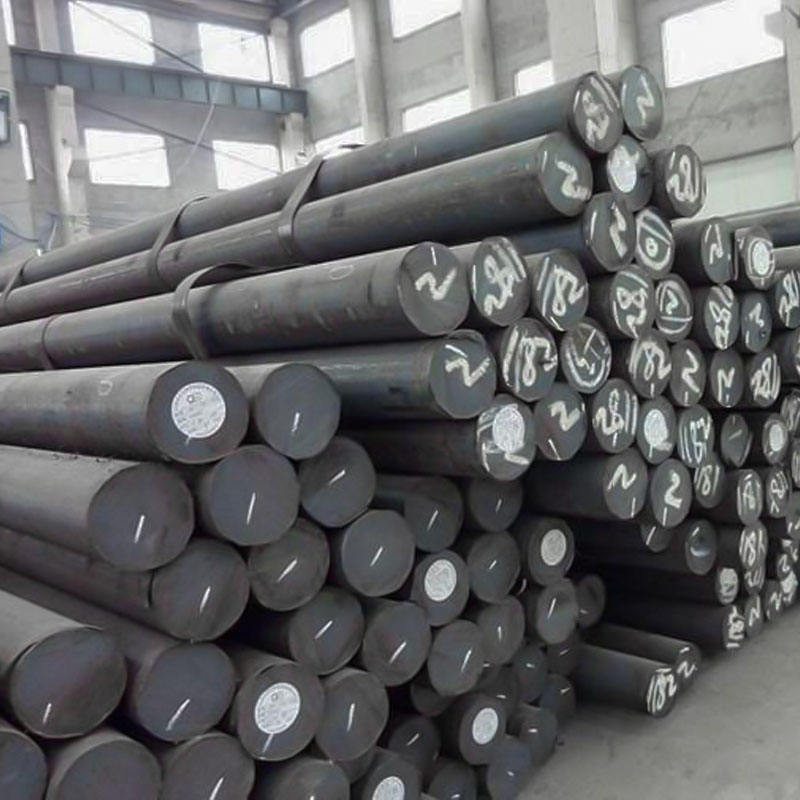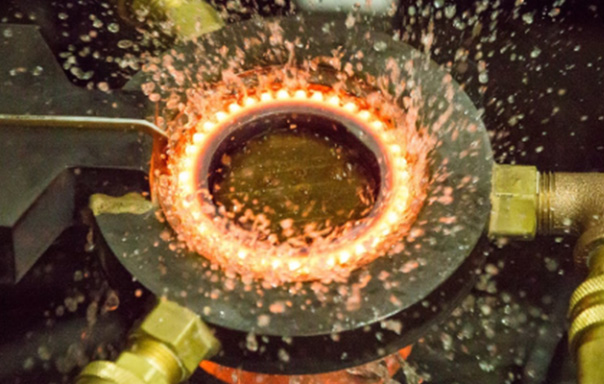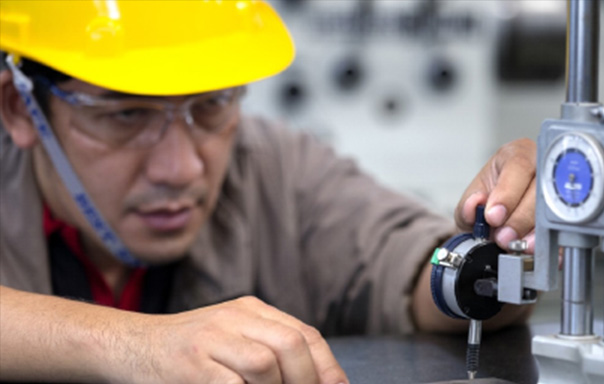In the realm of high-strength, high-reliability materials, 12CrNi3A steel stands out as a versatile low-alloy steel engineered to meet the rigorous demands of modern military and industrial applications. Combining exceptional toughness, hardenability, and fatigue resistance, this alloy has become a preferred choice for critical defense systems—from armored vehicles to naval ships and aerospace components. Below, we explore its composition, key properties, and battlefield-proven applications.
I. Basic Concept of 12CrNi3A
"12": Indicates a carbon content of approximately 0.12%, placing it in the medium-low carbon range. This provides a balance of high strength and good toughness.
"CrNi3": Signifies the presence of chromium (Cr) and a relatively high nickel (Ni) content (~3%), enhancing low-temperature toughness and overall mechanical properties.
"A": In some Chinese national or industry standards, this suffix often denotes special-purpose or high-grade steel.
Thus, 12CrNi3A achieves an optimal balance of strength, toughness, and hardenability through controlled carbon content and alloying elements (Cr, Ni). It is a high-strength low-alloy structural steel.
II. Performance Advantages
1.High Strength & Good Toughness
After quenching and tempering, 12CrNi3A forms a tempered martensite or sorbite structure, delivering high strength while maintaining excellent impact resistance, reducing brittleness risks.
2.Excellent Hardenability
The addition of Cr and Ni significantly improves hardenability, making it suitable for large-section or complex-shaped components. Post-heat treatment, the material exhibits uniform properties, minimizing failure risks.
3.Wear Resistance & Fatigue Life
In heavy-load, high-impact, or vibration-intensive environments, 12CrNi3A demonstrates slow fatigue crack propagation. Surface treatments (e.g., carburizing, nitriding) further enhance wear resistance.
4.Weldability & Machinability
As a low-alloy steel, 12CrNi3A offers acceptable weldability and machinability. Proper preheating, post-weld heat treatment, and machining processes ensure suitability for military equipment manufacturing.
III. Typical Military Applications
1.Armored Vehicles & Tank Components
Modern armored vehicles require mobility and protection. 12CrNi3A is used in chassis frames, drive shafts, wheel hubs, and shock absorbers, ensuring reliability in extreme conditions.
2.Artillery & Launch Systems
Components like gun barrels, mounts, and breech mechanisms endure explosive forces, high temperatures, and vibrations. 12CrNi3A’s high strength, impact resistance, and dimensional stability enhance precision and longevity.
3.Naval Ships & Equipment
For hull structures, heavy deck systems, and submarine components, 12CrNi3A provides toughness and corrosion resistance (with proper surface treatment), meeting marine durability demands.
4.Aerospace & Missile Components
Certain military aircraft and missile systems require high-strength, lightweight materials for complex load-bearing parts. With optimized heat treatment, 12CrNi3A serves as a viable candidate.
IV. Conclusion
12CrNi3A, as a high-strength low-alloy steel, plays a critical role in military machinery, while also showing potential in heavy equipment, automotive transmissions, and energy/chemical industries. If you are nterested in military-grade steel or pricing, Contact us anytime!


Baoshan District,
Shanghai, China.



